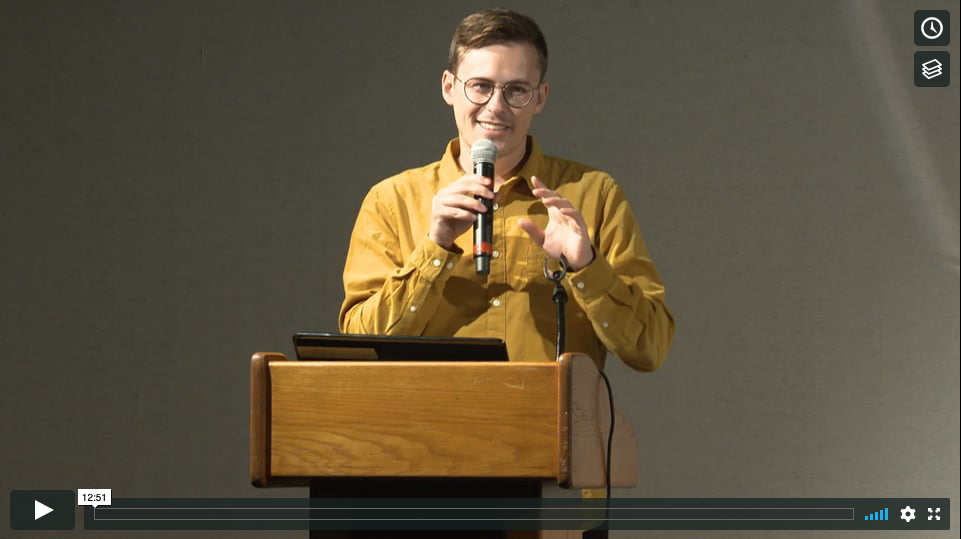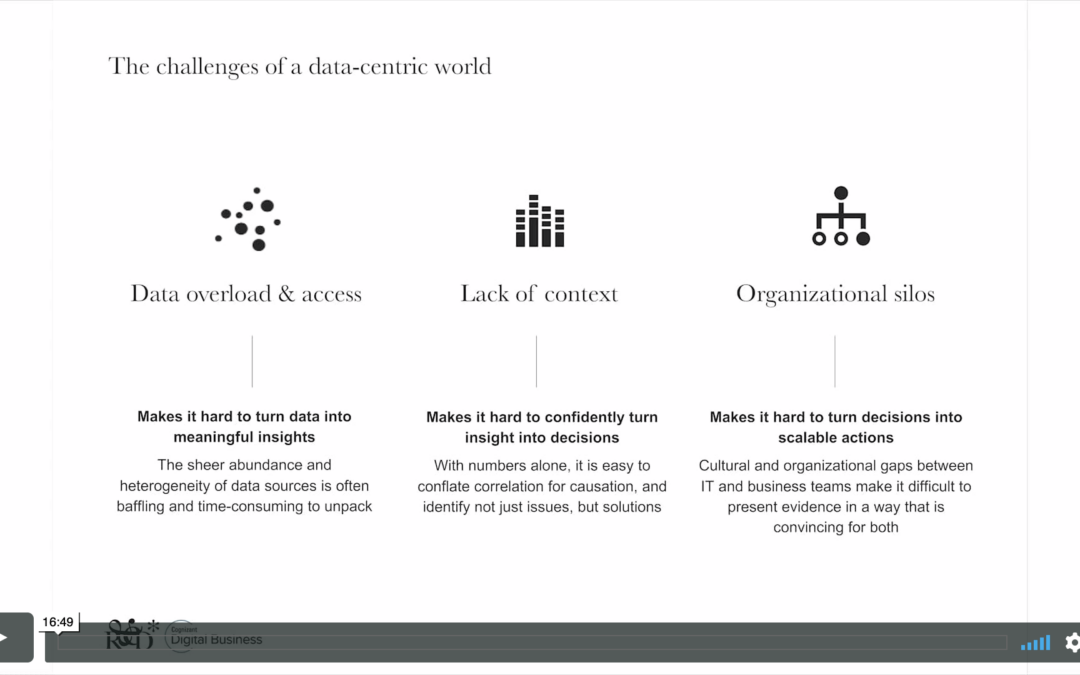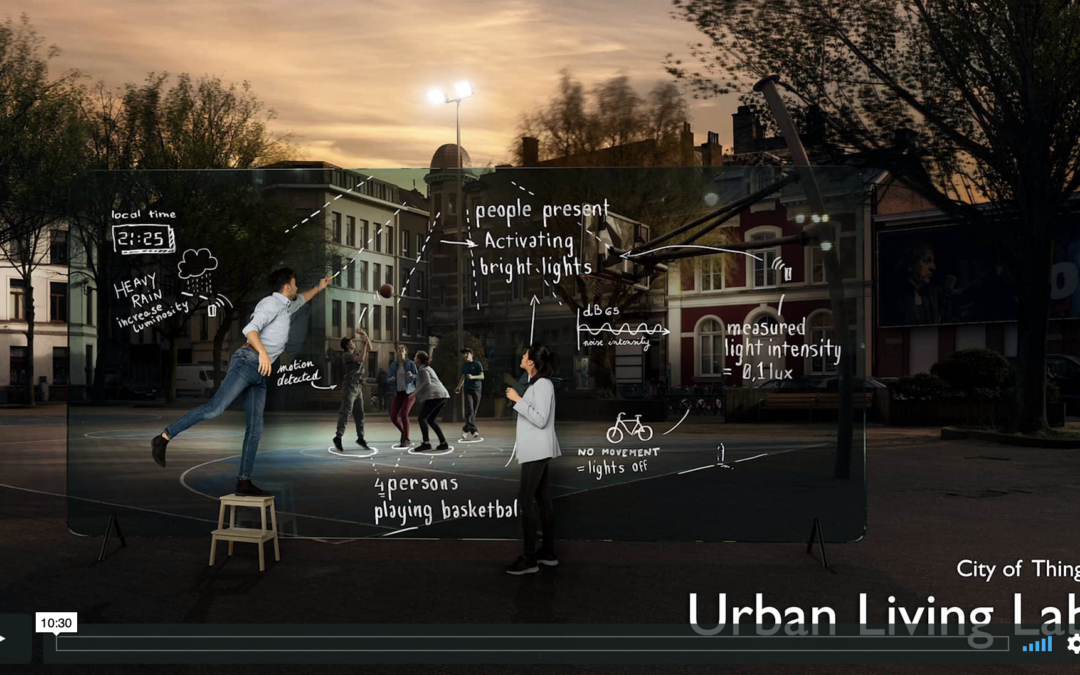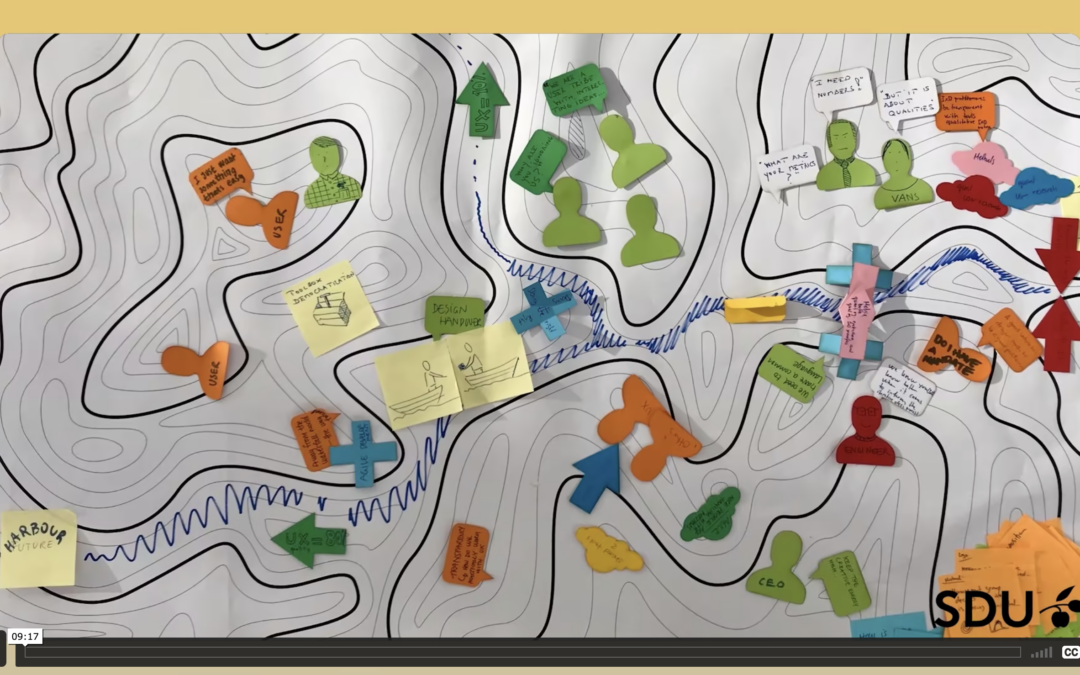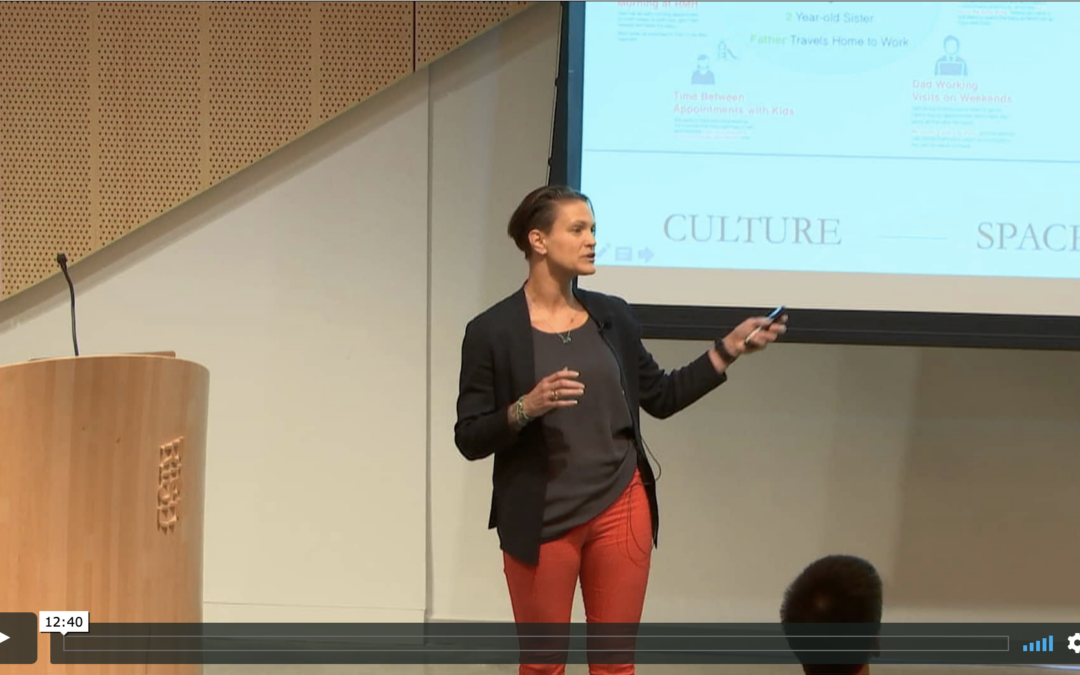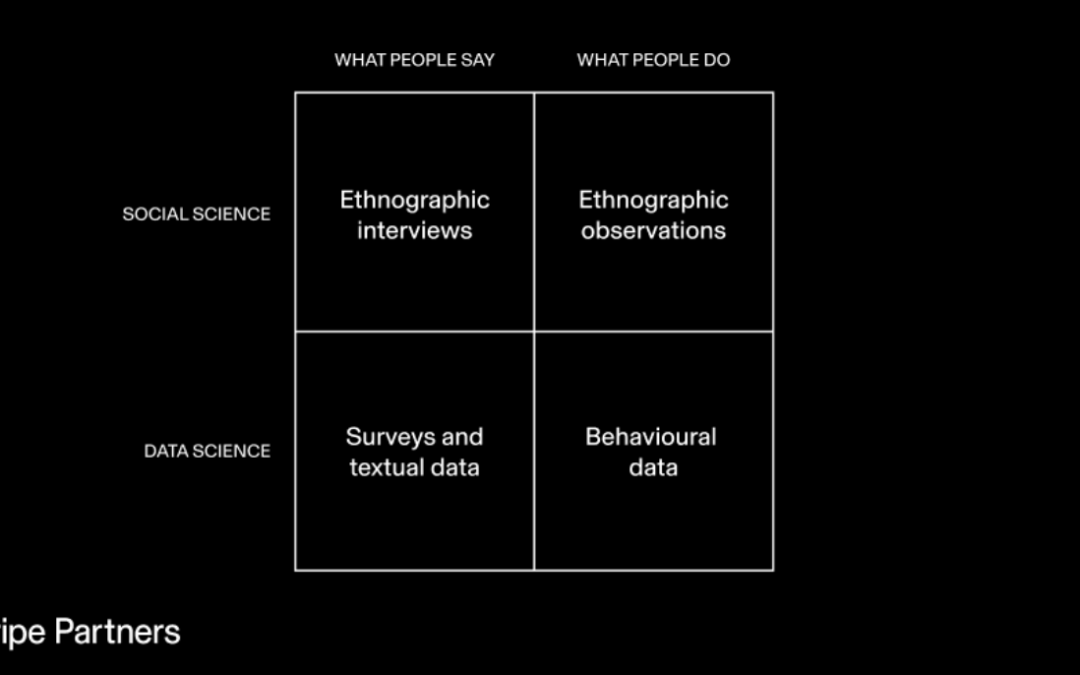Case Study—This case-study details how a team of anthropologists and a team of data scientists sought to help a Middle Eastern theme park make use of their big data platform to measure ‘the good customer experience’. Ethnographic research within the theme park revealed that visitors yearned to...
